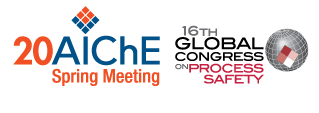

Developing a holistic picture of both past and present dangers calls for a deep exploration of evidence. HAZOPs, PHA's, incident records and investigations provide expert analysis of hazards and mitigating strategies. Near-miss reports and safety observations add a large amount of information as well; the reporting frequency of these "leading indicators" can be both a blessing and a curse, as time and available resources constrain the ability to analyze and detect hazard signals within. As important as analyzing the historical record is for lessons learned, the more recent observations could indicate new hazards or highlight concerning trends. These could feed valuable "real time" information back to operations and maintenance teams to improve risk assessments and task planning.
Enter artificial intelligence (AI) as a means to analyze the large amount of written hazard analyses, reports and observations to quickly extract insights around hazardous conditions, activities, incident causes and risk mitigation measures. Trained to understand concepts and contexts in both process and personal safety, AI can provide a natural-language information exploration environment for scanning thousands of documents in seconds and present common themes and related records. Not unlike us humans, AI learns from the past, informs the present and can help reduce risks in the future.
Presenter(s)
Language
Pricing
Individuals
| AIChE Member Credits | 0.5 |
| AIChE Pro Members | $19.00 |
| Employees of CCPS Member Companies | Free |
| AIChE Graduate Student Members | Free |
| AIChE Undergraduate Student Members | Free |
| AIChE Explorer Members | $29.00 |
| Non-Members | $29.00 |
